FUNDING CUTS IMPACT CT HUMANITIES: Help CT Humanities navigate recent funding cuts and continue our vital work across Connecticut. All donations made to CTH will be matched dollar-for-dollar up to $50,000. Donate today!
Now Viewing:
Pre-Colonization and Settlement Up Through 1763

Connecticut History Day 2026: Revolution, Reaction, Reform in History
Connecticut’s people have taken on responsibilities to establish state and national rights through the courts, protests, and everyday acts.
Read
Connecticut State Seal and Arms
Connecticut has both an official state seal and state coat of arms that both include the state motto, “Qui Transtulit Sustinet.”
Read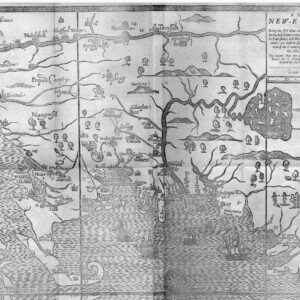
Edward Hopkins: Connecticut’s 2nd Governor
Edward Hopkins (1600–1657) was an influential figure in the early history of the Connecticut Colony, serving multiple terms as colonial governor.
Read
The Henry Whitfield House
The Henry Whitfield House (home to the Henry Whitfield State Museum) is only Connecticut’s oldest house and the oldest stone house in New England.
Read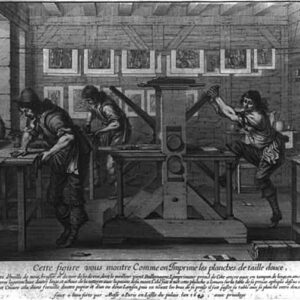
Thomas Short – Connecticut’s First Official Printer
Thomas Short became the Connecticut Colony’s first official printer in 1708, printing the laws and proclamations for the colonial legislature as well as the colony’s first book.
Read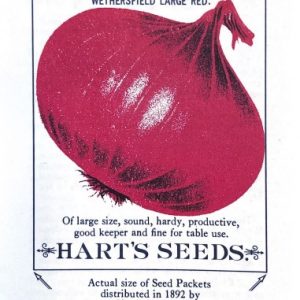
Oniontown: How Hard Work, Tall Tales, and Red Onions Built Wethersfield
Until the 19th century, the red onion trade supported Wethersfield as the first commercial town along the Connecticut River.
Read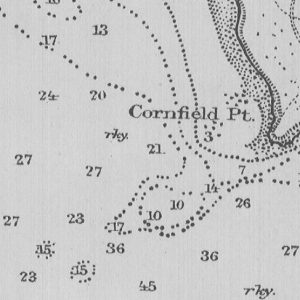
Cornfield Point: Old Saybrook’s Forgotten Scenic Alcove
Cornfield Point, a rocky scenic area bordering the Long Island Sound, is often overlooked but is significant in the state’s maritime and prohibition histories.
Read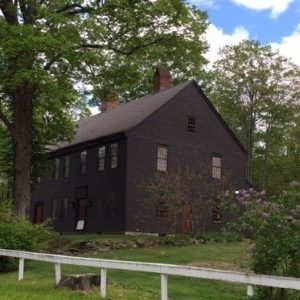
The Welcoming Warmth of Kent’s Seven Hearths
For over 272 years, Kent’s Seven Hearths has lived many lives—from trading post to school to artist’s home to historical society.
Read
The Fundamental Orders of Connecticut
The Fundamental Orders, inspired by Thomas Hooker’s sermon of May 31, 1638, provided the framework for the government of the Connecticut colony from 1639 to 1662.
Read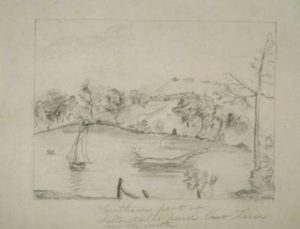
East Haven was Home to Connecticut’s First Iron Works
The roots of Connecticut’s iron industry lie in East Haven, starting in the 17th century.
Read
Goshen’s Animal Pound
Livestock were once a central feature and concern of daily life for Litchfield County residents.
Read
Peter Prudden: Milford’s First Minister
A pioneer preacher, a Puritan, and a scholar, Peter Prudden established the first European settlement that became the city of Milford.
Read
Moses Wheeler: Legendary Housatonic Ferryman
Moses Wheeler carried passengers across the Housatonic River as the operator of the first ferry from Stratford to Milford—over 350 years ago.
Read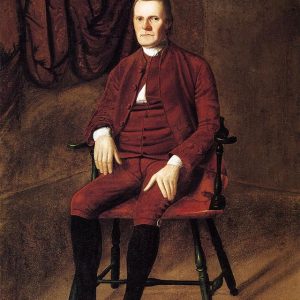
Roger Sherman Dies – Today in History: July 23
On July 23, 1793, Roger Sherman—a Connecticut merchant, lawyer, and statesman—died in New Haven.
Read
The Charter of 1662
The Connecticut Charter, which provided the basis for Connecticut government until 1818, was secured because of Connecticut’s realization after the restoration of Charles II to the English throne in 1660 that the government of the colony lacked any legal foundation.
Read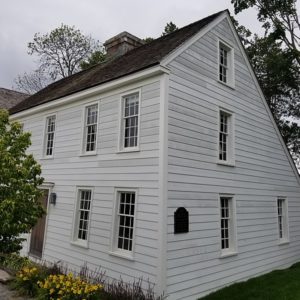
Elizabeth Fones Winthrop Feake Hallett Helps Found Greenwich
In the middle of the 17th century, Elizabeth Fones Winthrop Feake Hallett played an integral part in purchasing the land that became Greenwich, Connecticut.
Read
Boston Post Road Carved out Three Travel Routes through State
The forerunners of Connecticut’s three interstate highways began as rugged postal routes in the 1600s.
Read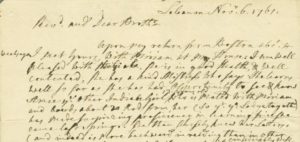
Amy Johnson: A Mohegan Woman Who Survived Colonialism
Amy Johnson was a Mohegan woman who resisted living the life European settlers wanted her to live.
Read
Thomas Hooker: Connecticut’s Founding Father
A powerful and popular preacher, Thomas Hooker led a group of Puritans out of Massachusetts in 1636 to settle new lands that eventually became the city of Hartford.
Read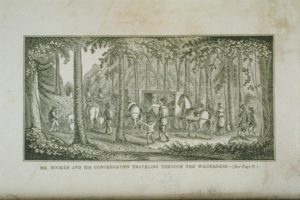
The Importance of Being Puritan: Church and State in Colonial Connecticut
Connecticut Protestants wanted to cleanse the church of what they saw as corruption, and to return to the simplicity and purity of early Christian worship.
Read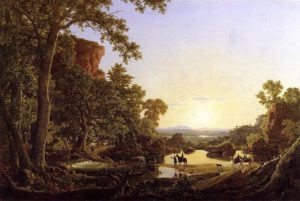
Hooker’s Journey to Hartford
In early June 1636, Puritan religious leader Reverend Thomas Hooker left the Boston area with one hundred men, women, and children and set out for the Connecticut valley.
Read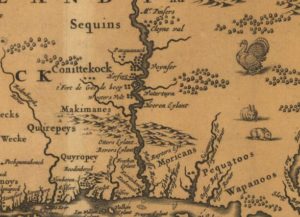
Timeline: Settlement of the Colony of Connecticut
A timeline displaying the major events leading to Connecticut statehood, including its settlement by the Dutch, the origins of Hartford, Wethersfield, and Windsor, the founding of the Connecticut, New Haven, and Saybrook colonies, and Connecticut’s acquisition of a formal charter from England.
Read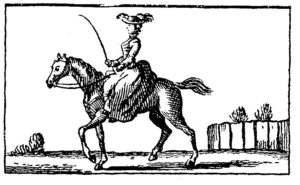
Sarah Kemble Knight’s Journey through Colonial Connecticut
In 1704, when long distance travel was rare and roads crude, a Boston woman journeyed by horseback to New York City and recorded her views of Connecticut along the way.
Read
The Fundamental Orders: Connecticut’s Role in Early Constitutional Government
The Fundamental Orders represent what many consider to be the first written constitution in the Western world.
Read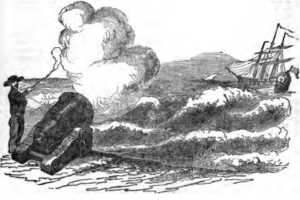
The Ghost Ship of New Haven Sets Sail Shrouded in Mystery
Tales of a spectral ship seen sailing in the skies above New Haven have haunted Connecticut’s imagination since the late 1640s.
Read
Slavery and the Pequot War
Diaries, letters, and other sources from the early colonial era document cases of Native enslavement, including during the Pequot War.
Read
Lion Gardiner Helps to Fortify Early Old Saybrook
In 1635, the governor of the Saybrook colony hired engineer and soldier Lion Gardiner to build a critically needed fort for protection from both the Dutch colonists and local Native American tribes.
Read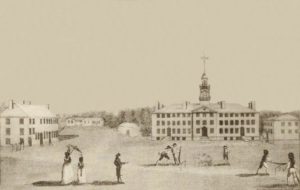
Eleazar Wheelock: Preacher, Dartmouth College Founder
Eleazar Wheelock was a notable eighteenth-century farmer, Congregational minister, revivalist, educator, and founder of Dartmouth College.
Read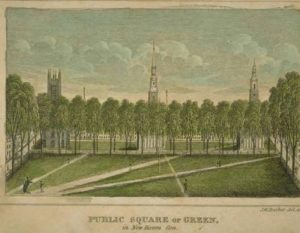
A Separate Place: The New Haven Colony, 1638-1665
In 1638, Puritan leader John Davenport led a group of settlers out of Boston, ultimately founding what became the New Haven Colony.
Read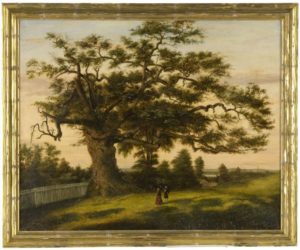
Hiding the Charter: Images of Joseph Wadsworth’s Legendary Action
Overshadowed by the famed oak, Joseph Wadsworth, “the hero of the Charter,” has become the Rodney Dangerfield of Connecticut history—he doesn’t get any respect—or much recognition.
Read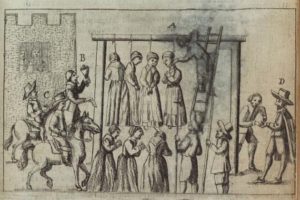
Witchcraft in Connecticut
Well before the Salem trials, Connecticut residents were executing “witches.” Connecticut is home to what was most likely the first execution of its kind in colonial America.
Read
A Connecticut Home That Dates Back to the 1600s!
Dating back to the mid-17th century, the Thomas Lee House in East Lyme, Connecticut, is one of the oldest wood-frame houses in the state.
Read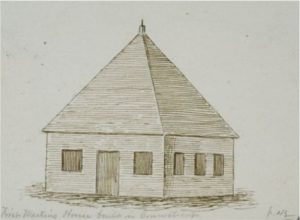
The Free Consent of the People: Thomas Hooker and the Fundamental Orders
Government formed with the consent of the people was a radical idea in the age of nations ruled by monarchs, emperors, and tsars.
Read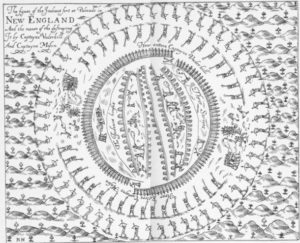
Connecticut Declares War Against the Pequot – Today in History: May 1
On May 1, 1637, Connecticut Colony declared war against the Pequot.
Read
Forgotten Founder: John Davenport of New Haven
John Davenport, the founder of New Haven, was a prominent Puritan leader during the early years of the New England colonies.
Read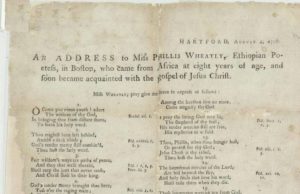
Hartford Publishes the First Literary Work by an African American – Who Knew?
Jupiter Hammon, who endured life-long enslavement, became the first African American writer to be published in America when his 88-line poem, “An Evening Thought: Salvation by Christ with Penitential Cries”, was published.
Read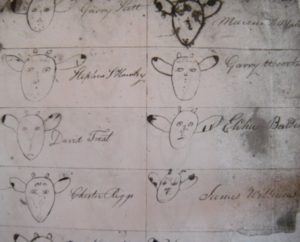
Branding Law Enacted – Today in History: February 5
In 1644, Connecticut enacted the first branding law in the colonies, calling for all livestock owners to ear-mark or brand their cattle, sheep, and swine.
Read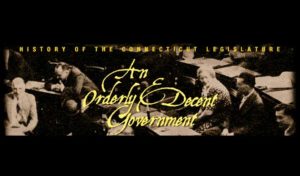
An Orderly & Decent Government: Establishing Self Government, 1634-1776
Puritans from Massachusetts settled early Connecticut towns, and in 1639 drew up “The Fundamental Orders” by which they would be governed.
Read
An Orderly & Decent Government: Making Self-Government Work, 1634-1776
In 1698 the General Court reorganized itself to deal more effectively with Connecticut’s complex new problems.
Read
An Orderly & Decent Government: Significant Events & Developments, 1634-1776
After the Pequot War, New settlers and speculators sought to establish new towns from the colony’s undistributed lands.
Read
An Orderly & Decent Government: Searching for the Common Good, 1634-1776
In the Great Awakening, impassioned evangelical ministers attracted crowds of thousands and the General Assembly promptly banned traveling preachers.
Read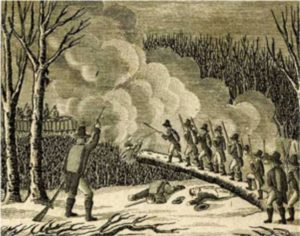
America’s Most Devastating Conflict: King Philip’s War
The ramifications of this bloody conflict echoed across the centuries.
Read
The Legend of the Charter Oak
The Charter Oak is a symbol of Connecticut’s enduring tradition of representative government and self-rule.
Read
Causes of the Pequot War
The outbreak of the Pequot War is best understood through an examination of the cultural, political, and economic changes after the arrival of the Dutch (1611) and English (early 1630s).
Read
Connecticut’s Oldest English Settlement
The original Windsor settlement contained not only the town of Windsor but also what eventually became the towns of Enfield, Suffield, Simsbury, and others.
ReadMore Articles




